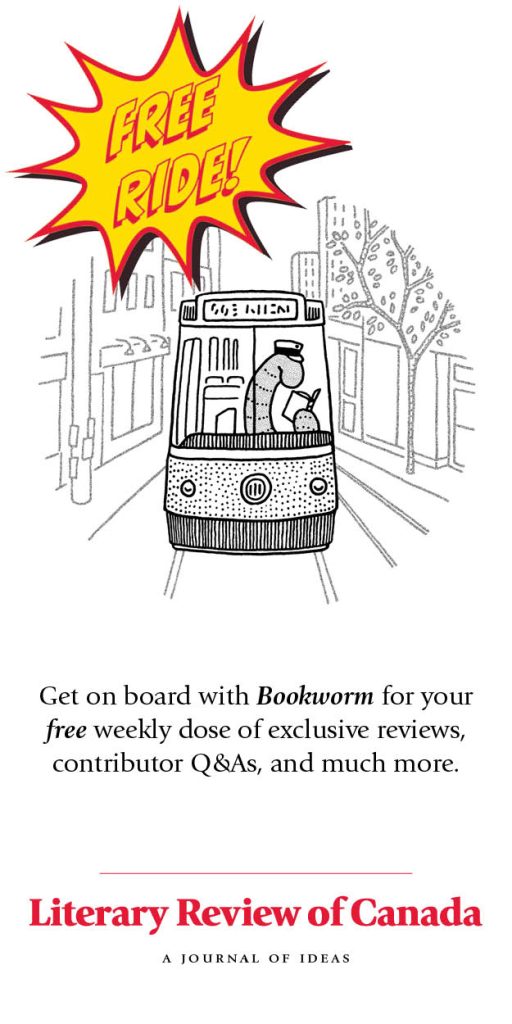The poor People cou’d not lay up Provisions, and there was a necessity, that they must go to Market to buy, and others to send Servants or their Children; and as this was a Necessity which renew’d itself daily; it brought abundance of unsound People to the Markets, and a great many that went thither Sound, brought Death Home with them. — Daniel Defoe
A few key features, like location, infectivity, symptoms, and susceptibility to treatment, together predict the nature and trajectory of an illness among the bodies of its hosts and victims. Alongside a streaming ticker of joke-no-joke headlines, the newly viral game Plague Inc. throws each of these variables into play, allowing you to put strategy to the service of a pathogen whose goal is to kill off humanity. What is that smudge of DNA thinking and trying to achieve by leapfrogging among the bodies it sickens and sometimes kills? Where is it going and why...
Jessica Duffin Wolfe is a professor of digital communications and journalism at Humber College, in Toronto.

